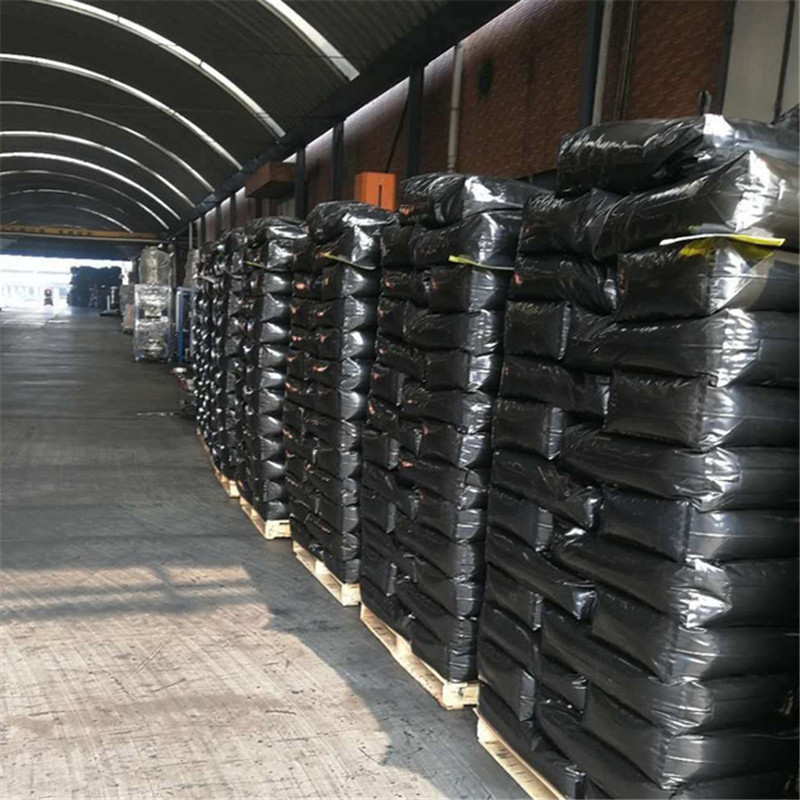
The application of Carbon Black in plastics industry should be determined before selection, such as coloring, UV protection, or electric conduction.
1. Carbon black for coloring
Pigmented carbon black is generally good for coloring plastics. It can be selected according to the coloring characteristics or physical and chemical properties. The selection of the varieties of carbon black for coloring is basically determined by the blackness of the finished product. Fine
Pigment Carbon Black can be used to finish the coloring with high blackness requirements; PE garbage bags, plastic bags, cable materials and other products only need medium level blackness, and carbon black varieties with low specific surface area and high structure can be used; In plastic color matching, small errors in weighing and batching of carbon black will lead to obvious color difference. Therefore, low pigment carbon black with large particle size and poor coloring power should be used. In this way, the amount of carbon black can be slightly larger, the weighing error is relatively small, and the dispersion is better and the price is lower. For gray plastics, fine-grained pigment carbon black often appears brown gray, while coarse-grained pigment carbon black can produce blue gray. Compared with other
Organic Pigments, the properties of carbon black are better except that it is difficult to disperse. Scientific amount of carbon black can provide better antistatic or electrical conductivity. Carbon black is basically non-toxic, but it is easy to fly and pollute. Therefore, it is often used in the form of masterbatch for the plastic industry. It not only eliminates the pollution, but also improves the dispersion of carbon black in plastics. As a pigment for plastics, carbon black is commonly used in powder and granular form. Granular carbon black flying less, but more difficult to disperse, so the use of powdered carbon black in plastic coloring.
2. Application of UV protection
One of the uses of carbon black in the plastics industry is to prevent ultraviolet aging. Because of its high light absorption, carbon black can effectively prevent the degradation of plastics by sunlight. The functions of carbon black as UV stabilizer in plastics include: converting light energy into heat energy; protecting plastic surface from radiation of certain wavelength; intercepting atomic clusters to produce anti-aging effect, thus preventing catalytic degradation. Ultraviolet radiation is especially harmful to polyolefins. It has been proved that good UV shielding effect can be achieved when the concentration of carbon black with certain fineness is 2%. The protective effect of carbon black on ultraviolet aging of plastics depends on the particle size, structure and surface chemistry of carbon black. When the particle size of carbon black is small, its ability of absorbing light or shading is increased due to the increase of surface area, so the ultraviolet protection effect is enhanced. However, when the particle size is less than 20nm, the protective effect tends to be the same level. The reason is that when the particle size is too small, the reverse scattering decreases, and the forward light will threaten the stability of the polymer. The smaller the aggregate size, the smaller the aggregate size, will enhance the protective effect on the polymer, which is also the reason why the carbon black with lower structure is blacker. There are more oxygen-containing groups on the surface of carbon black, that is, when the volatile matter is high, the genes produced during polymer decomposition can be eliminated, so the protective effect is also enhanced.



